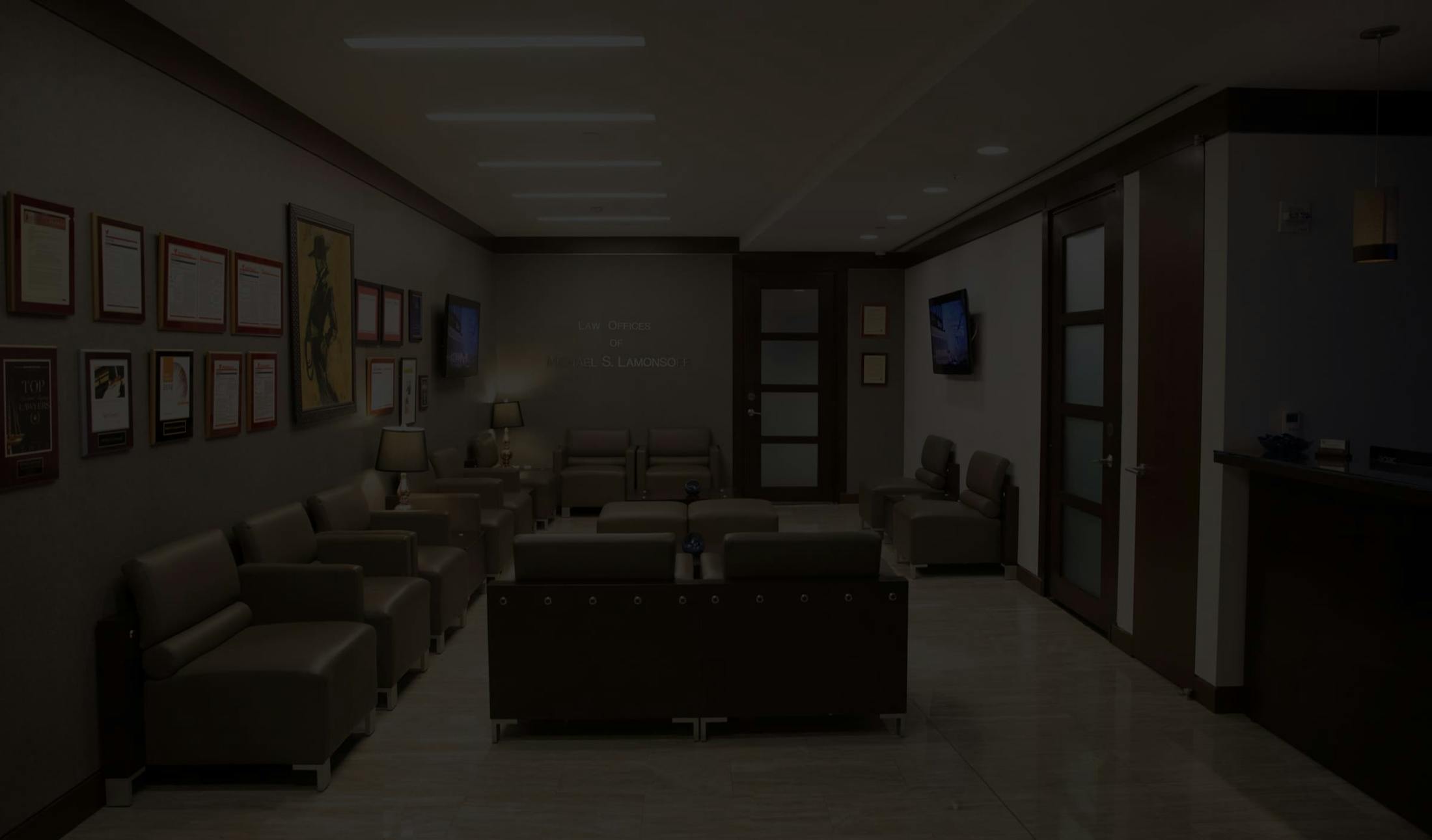Types of Broken Bone Injuries in Construction Accidents
Not all fractures are the same, and the severity of a broken bone can significantly impact a worker’s ability to return to their job. Construction workers face a high risk of severe fractures due to the physically demanding and hazardous nature of their job. Below are the most serious types of fractures that construction workers may suffer:
- Compound Fractures – Also known as open fractures, these occur when a bone breaks through the skin, leading to a high risk of infection. The exposure of the bone makes these injuries particularly dangerous, often requiring immediate surgery and antibiotic treatment.
- Comminuted Fractures – The bone shatters into multiple fragments, making treatment complicated. These injuries frequently require surgical intervention, including the use of metal plates, rods, or screws to stabilize the bone. Recovery time is extensive, usually requiring months of physical therapy and rehabilitation.
- Displaced Fractures – When a bone breaks and moves out of alignment, it often necessitates surgical intervention to realign and secure the bone. Failing to properly treat a displaced fracture can result in long-term mobility issues and chronic pain.
- Stress Fractures – Small cracks in the bone caused by repetitive force or overuse are common in construction workers who perform repetitive tasks such as jackhammering, drilling, or carrying heavy loads. These fractures may not be immediately apparent but can worsen over time if left untreated.
- Spiral Fractures – A break caused by a twisting force, frequently seen in falls or machinery accidents. These injuries can be particularly challenging to heal due to the nature of the break, often requiring surgical fixation.
- Crush Fractures – Occur when bones are crushed under heavy objects, leading to permanent deformities or even amputations in severe cases. Crush injuries can cause complications such as compartment syndrome, where pressure builds up in the muscles, cutting off blood flow and requiring emergency surgery.
- Pelvic and Hip Fractures – Particularly dangerous for workers, as they often require long-term rehabilitation and can lead to permanent disability. These fractures may necessitate multiple surgeries and prolonged periods of immobility, severely impacting a worker’s ability to return to their job.



